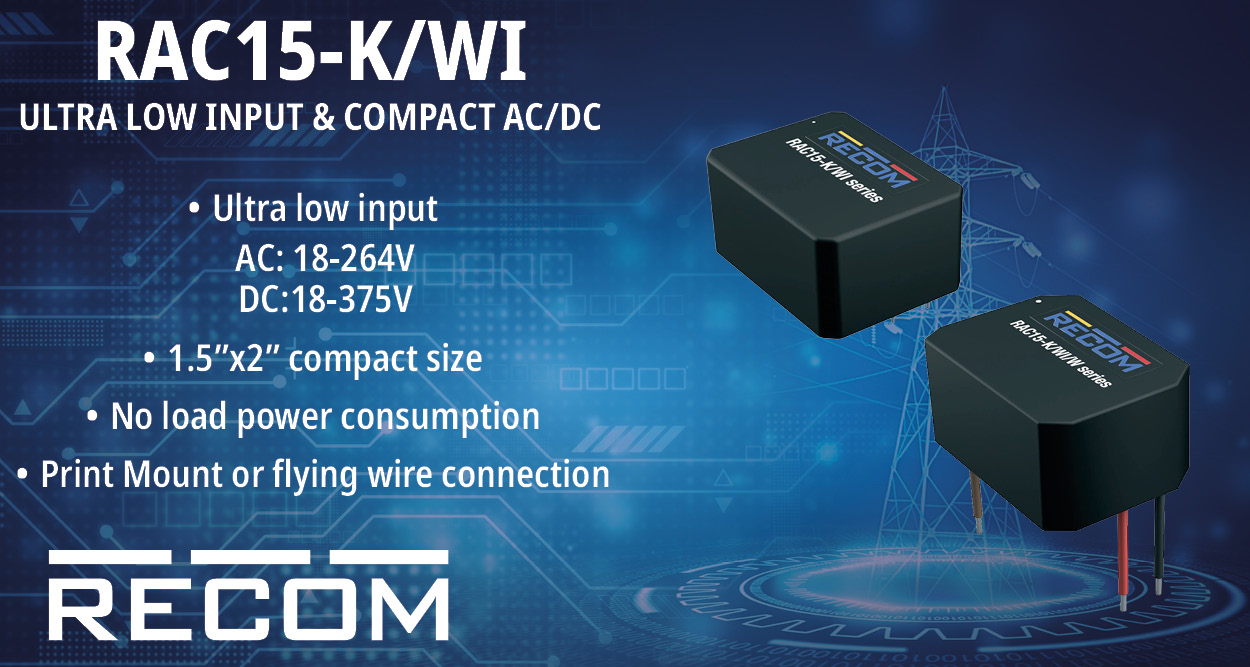In an increasingly volatile and unpredictable world, the demand for robust and advanced physical security solutions has never been greater. From corporate campuses to urban infrastructure and public spaces, the Physical Security Market is undergoing a dramatic transformation fueled by ground breaking innovations. These technological advancements are not only elevating the effectiveness of security measures but also reshaping the industry landscape. According to insights provided by Fairfield Market Research, the physical security sector is experiencing rapid evolution, driven by automation, AI integration, and smart surveillance technologies.
Below, we explore the top five innovations that are revolutionizing the Physical Security Market, redefining how individuals and organizations perceive safety and threat prevention.
1. AI-Powered Surveillance Systems
Artificial intelligence (AI) has emerged as a game-changer in physical security. Traditional surveillance cameras have long been relied upon for monitoring, but they often require extensive human intervention and suffer from limitations such as missed threats or false alarms. AI-powered surveillance cameras are changing that narrative.
These systems are equipped with deep learning algorithms capable of analyzing real-time video feeds to detect unusual behavior, identify faces, and even recognize weapons. They reduce the dependency on human operators and significantly lower response times in emergency situations. AI-based analytics can differentiate between a person and a shadow or a moving animal, thereby enhancing the accuracy of threat detection.
Fairfield Market Research highlights the growing adoption of intelligent surveillance systems across commercial, industrial, and public sectors. This shift is not only improving situational awareness but also empowering security personnel with actionable insights.
2. Biometric Access Control Solutions
As cyber-physical threats become more complex, the need for foolproof identification methods is critical. Biometric access control systems—utilizing facial recognition, fingerprint scanning, iris detection, and even vein pattern recognition—have risen as a secure alternative to traditional access cards or PIN codes.
One of the key advantages of biometric solutions is their non-replicable nature. While an access card can be lost or stolen, biometric markers are unique and difficult to duplicate. Modern systems can integrate biometric data with AI to recognize emotional states or detect stress levels, adding a psychological dimension to physical security.
The integration of biometric technologies in smart buildings, data centers, and high-security facilities has significantly bolstered security protocols. According to Fairfield Market Research, the biometric segment is expected to witness considerable growth in the coming years due to its unmatched precision and user convenience.
3. IoT-Enabled Smart Sensors
The Internet of Things (IoT) has ushered in a new era of interconnectedness in physical security infrastructure. Smart sensors, embedded with IoT capabilities, are transforming how security systems operate. From motion detectors and glass break sensors to thermal cameras and environment monitors, these devices work collaboratively to create a responsive security ecosystem.
What makes IoT-enabled sensors revolutionary is their ability to communicate with each other and with centralized control systems. For example, if a motion sensor detects unauthorized movement in a restricted zone, it can immediately alert the nearest surveillance camera to zoom in, activate alarms, and notify security personnel.
Fairfield Market Research reports an increasing demand for sensor-based solutions in the Physical Security Market, particularly in critical infrastructures such as airports, government facilities, and industrial plants. This innovation is making security systems more intuitive, autonomous, and efficient.
4. Cloud-Based Security Platforms
Cloud computing is redefining the backend architecture of modern security systems. Traditionally, physical security data was stored on local servers, which posed challenges related to data loss, restricted access, and limited scalability. Cloud-based security solutions eliminate these concerns by offering real-time data access, storage, and management from virtually any location.
These platforms enable security administrators to manage multiple locations from a single dashboard. Whether it’s live video feeds, access logs, or security alerts, everything is synchronized and accessible in real time. The scalability of cloud platforms also allows businesses to upgrade their security infrastructure without investing heavily in hardware.
As per Fairfield Market Research, the cloud segment is poised for exponential growth in the physical security industry. More businesses are recognizing the value of remote accessibility, reduced costs, and enhanced data protection that cloud platforms offer
5. Robotics and Drones for Patrol and Surveillance
Robotics and unmanned aerial vehicles (UAVs), commonly known as drones, are no longer confined to sci-fi movies. They are now an integral part of modern physical security operations. These technologies are being deployed for perimeter surveillance, intruder detection, and even in emergency response scenarios.
Security robots, equipped with cameras, sensors, and communication tools, can autonomously patrol an area and transmit live feeds to a control center. Drones provide aerial surveillance capabilities that are especially useful in large-scale facilities such as oil refineries, construction sites, or outdoor event venues.
The agility and adaptability of robotic and drone systems are unmatched, especially in environments deemed too hazardous for human personnel. According to Fairfield Market Research, investment in robotic surveillance solutions is steadily increasing, with many corporations and law enforcement agencies integrating them into their security architecture.
A Market Poised for Transformation
The convergence of AI, IoT, cloud computing, and robotics is redefining the boundaries of the Physical Security Market. As threats become more dynamic, the industry’s reliance on traditional methods is quickly being replaced by sophisticated, tech-driven strategies. This evolution is further reinforced by the rising need for automation, real-time response, and proactive threat mitigation.
Government mandates, heightened awareness of public safety, and a growing demand for smart infrastructure are also contributing to the market’s rapid expansion. Based on the latest projections by Fairfield Market Research, the global physical security industry is expected to witness double-digit growth over the next decade, driven largely by innovation.

















